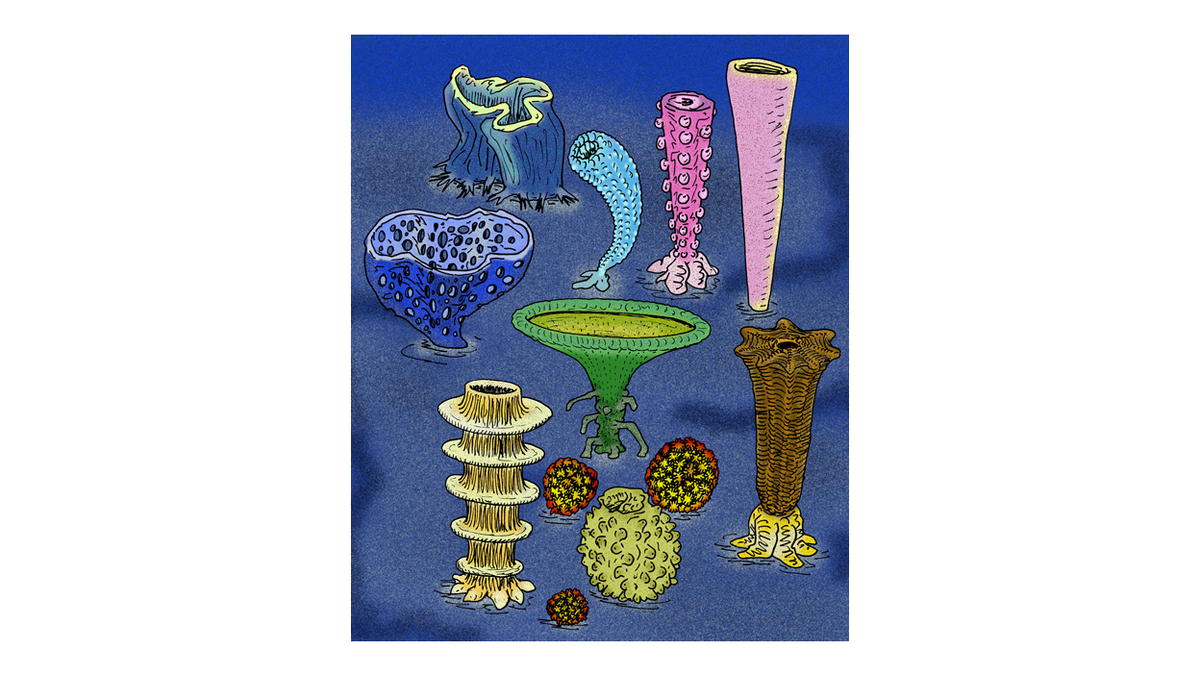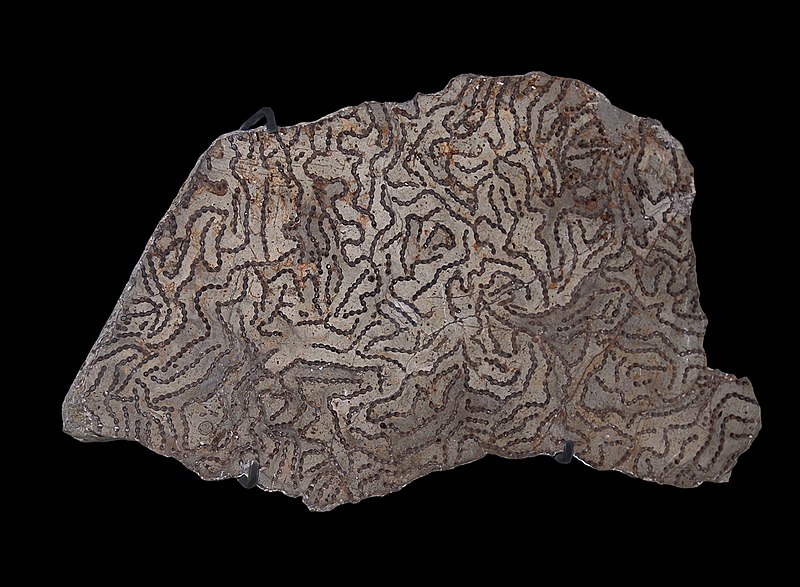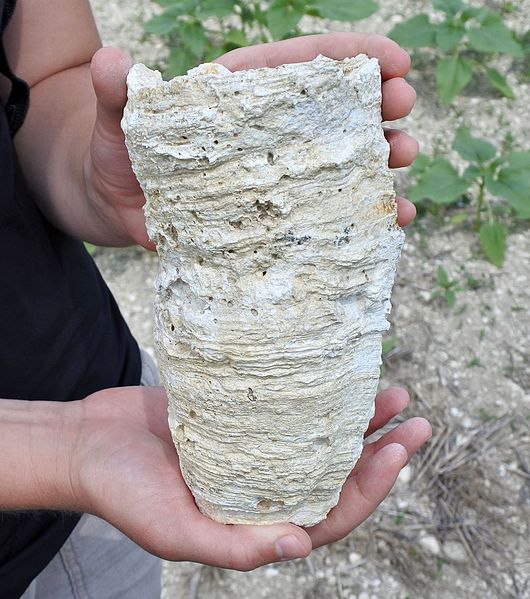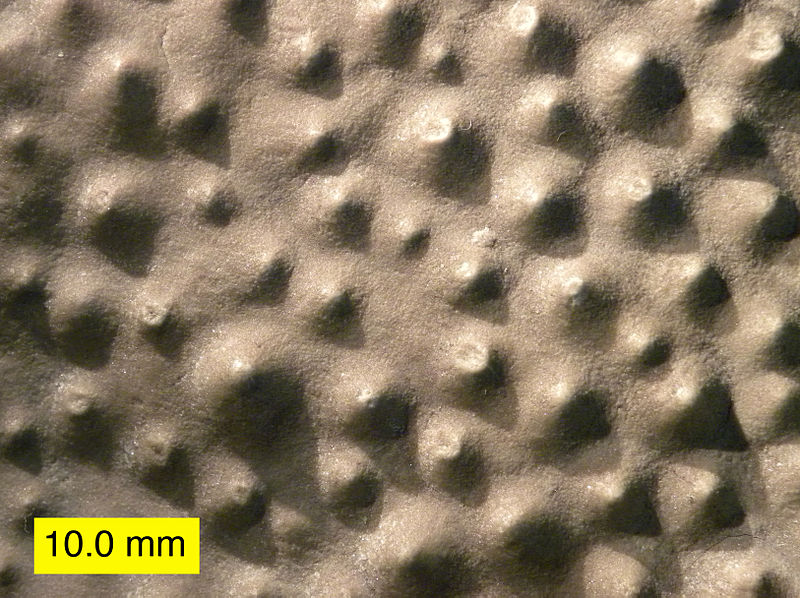Nearly 2200 BST might seem a bit late to start another #Fossilympics20 event, but the #Wavelifting competitors are ready and raring to go!
Your challenge here is to decide which extinct reef-building group best bore the weight of the world on their shoulders.
Cnidarians and molluscs are always tough competitors; let’s hope the (putative) sponges soak up the pressure and don’t end up on the medal porifery.
Cnidarians and molluscs are always tough competitors; let’s hope the (putative) sponges soak up the pressure and don’t end up on the medal porifery.
Archaeocyathids are generally regarded as the first reef-building organisms, and generally regarded as an extinct group of sponges. Naturally, both claims are argued over.
They were definitely Cambrian, complex, beautiful, and reef-builders, though: https://www.digitalatlasofancientlife.org/learn/porifera/archaeocyathida/">https://www.digitalatlasofancientlife.org/learn/por...
They were definitely Cambrian, complex, beautiful, and reef-builders, though: https://www.digitalatlasofancientlife.org/learn/porifera/archaeocyathida/">https://www.digitalatlasofancientlife.org/learn/por...
#WenlockWednesday seems a good day to promote our second competitor - tabulate corals - as there are many splendid Silurian forms.
Wenlock Edge, in Shropshire, is a modern landform founded upon a Silurian reef system in which tabulate corals were key: https://onlinelibrary.wiley.com/doi/abs/10.1111/j.1365-3091.1971.tb01774.x!">https://onlinelibrary.wiley.com/doi/abs/1...
Wenlock Edge, in Shropshire, is a modern landform founded upon a Silurian reef system in which tabulate corals were key: https://onlinelibrary.wiley.com/doi/abs/10.1111/j.1365-3091.1971.tb01774.x!">https://onlinelibrary.wiley.com/doi/abs/1...
The rudist bivalves are our third #Wavelifting contestant, and they weren& #39;t in the least bit offensive. Indeed, they were Cretaceous reef-builders of the highest order, as Claudia Johnson explains here: https://www.researchgate.net/profile/Claudia_Johnson/publication/250968707_The_Rise_and_Fall_of_Rudist_Reefs/links/545a37520cf26d5090ad72a2.pdf
See">https://www.researchgate.net/profile/C... also: http://www.paleotax.de/rudists/intro.htm.">https://www.paleotax.de/rudists/i...
See">https://www.researchgate.net/profile/C... also: http://www.paleotax.de/rudists/intro.htm.">https://www.paleotax.de/rudists/i...
And as for the stromatoporoids, well, they may or may not have been sponges, and pronouncing their name is a #Fossilympics20 challenge in itself, but they were tremendously significant reef-builders in the Ordovician, Silurian AND Devonian: https://www.digitalatlasofancientlife.org/learn/porifera/stromatoporoidea/">https://www.digitalatlasofancientlife.org/learn/por...
Oh, and whilst you& #39;re thinking about who to vote for, can we just note that the Digital Atlas of Ancient Life ( @PaleoDigAtlas: https://www.digitalatlasofancientlife.org/ )">https://www.digitalatlasofancientlife.org/">... is a wonderful thing, and the PalaeoReefs Database too: https://www.paleo-reefs.pal.uni-erlangen.de/ !">https://www.paleo-reefs.pal.uni-erlangen.de/">...

 Read on Twitter
Read on Twitter





